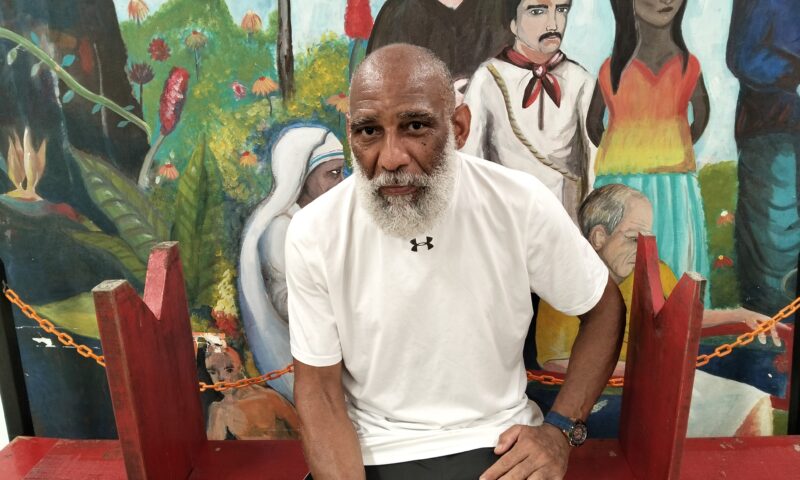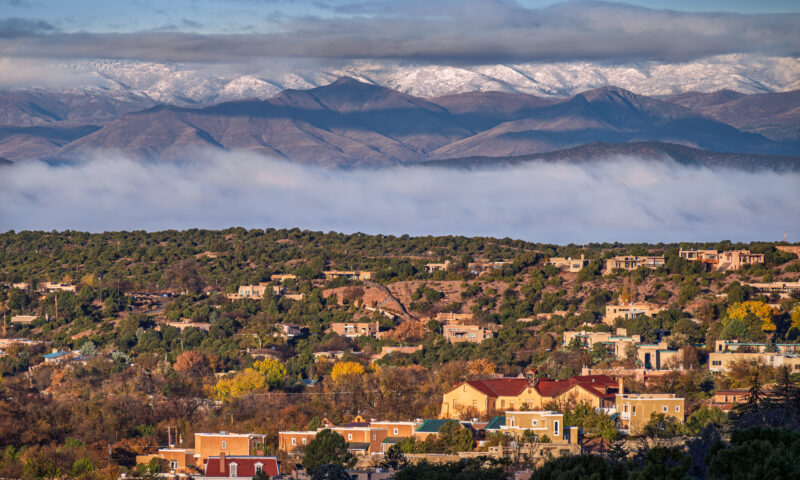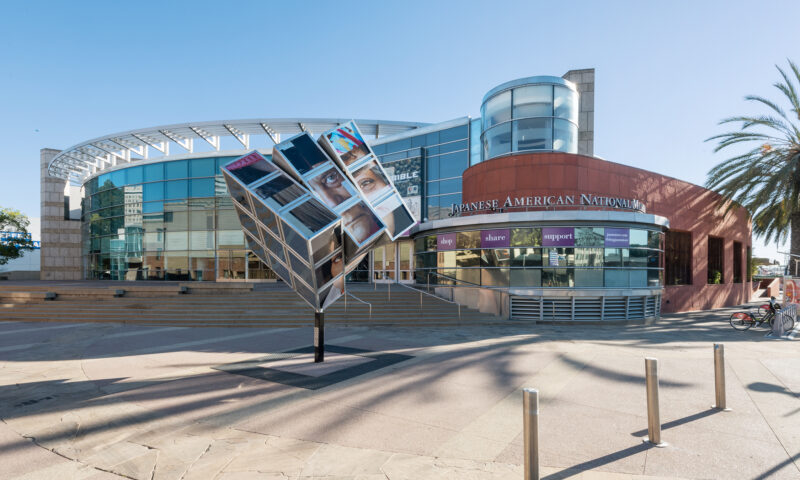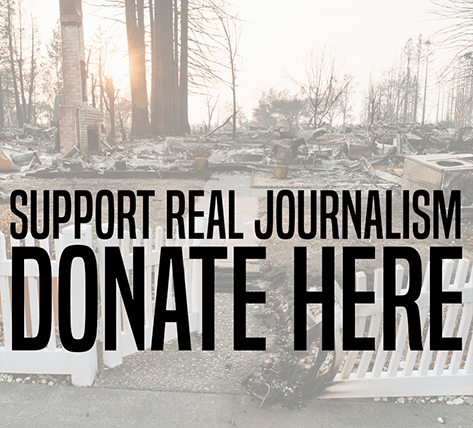Education
Online Learning: No Buildings, No School Yards, No Education

Did you know that one of the fastest growing sectors of the charter school industry is the “virtual” charter school, where K-12 students learn from home in front of their computers? No school buildings, no recess with friends, no shared learning. It’s true. The largest virtual charter company, a publicly traded corporation called K12, Inc., provides education to over 120,000 public school students across the country. Last year, it made more than $900 million in revenue, most of it taxpayer money earmarked for public education.
But virtual charters are starting to pile up bad news and serious questions about their priorities. A study released last week by the Center for Research on Education Outcomes (CREDO) found that students attending virtual charters learn significantly less in math and reading than similar students attending brick-and-mortar schools. So significantly less that the Washington Post’s Lyndsey Layton wrote, “In other words, when it comes to math, it’s as if the [online] students did not attend school at all.”
This week, news broke that California’s attorney general is investigating the entire virtual charter industry. And for good reason. Earlier this year, we at In the Public Interest looked under the hood of California Virtual Academies (CAVA), the state’s largest provider of online public education, and what we found was clear: CAVA’s manager and primary vendor, a subsidiary of K12 Inc., has put its responsibility to maximize profits for shareholders above investing in educating children.
While the overall percentage of U.S. students who attend online schools is small, in some states—like California, where CAVA teachers are organizing to serve students and families, not corporations—online education has become yet another path towards the privatization of public education. Online charters are a significant issue in Pennsylvania’s ongoing budget standoff between legislative leaders and the governor, as the state has the second-highest online enrollment in the country.
An increasing number of charter schools are using ‘blended learning’ models, where students go to school but spend lots of time in front of keyboards and screens. A former executive of the charter school chain Rocketship—which is one of the largest users of online learning—called blended learning a “stripped-down efficiency model.”
Along with a growing crowd, we have concerns about an overreliance on technology in the classroom, but fully online schools go too far. While high quality virtual charters can be useful for certain students, like actors, artists, or Olympic hopefuls, the majority of kids need teachers to interact with and classmates to socialize and study with. And a pro-charter think tank (CREDO), California’s attorney general, and many others, including teachers, seem to agree.
To follow up our CAVA report, we’re going to be looking even harder at virtual charters. Let us know if companies like K12, Inc., are recruiting students in your community.

-

 StrandedNovember 25, 2025
StrandedNovember 25, 2025‘I’m Lost in This Country’: Non-Mexicans Living Undocumented After Deportation to Mexico
-

 Column - State of InequalityNovember 28, 2025
Column - State of InequalityNovember 28, 2025Santa Fe’s Plan for a Real Minimum Wage Offers Lessons for Costly California
-

 The SlickNovember 24, 2025
The SlickNovember 24, 2025California Endures Whipsaw Climate Extremes as Federal Support Withers
-

 Striking BackDecember 4, 2025
Striking BackDecember 4, 2025Home Care Workers Are Losing Minimum Wage Protections — and Fighting Back
-

 Latest NewsDecember 8, 2025
Latest NewsDecember 8, 2025This L.A. Museum Is Standing Up to Trump’s Whitewashing, Vowing to ‘Scrub Nothing’
-

 Latest NewsNovember 26, 2025
Latest NewsNovember 26, 2025Is the Solution to Hunger All Around Us in Fertile California?
-

 The SlickDecember 2, 2025
The SlickDecember 2, 2025Utility Asks New Mexico for ‘Zero Emission’ Status for Gas-Fired Power Plant
-

 Latest NewsDecember 1, 2025
Latest NewsDecember 1, 2025Accountable to No One: What 1990s L.A. Teaches Us About the Trump Resistance

